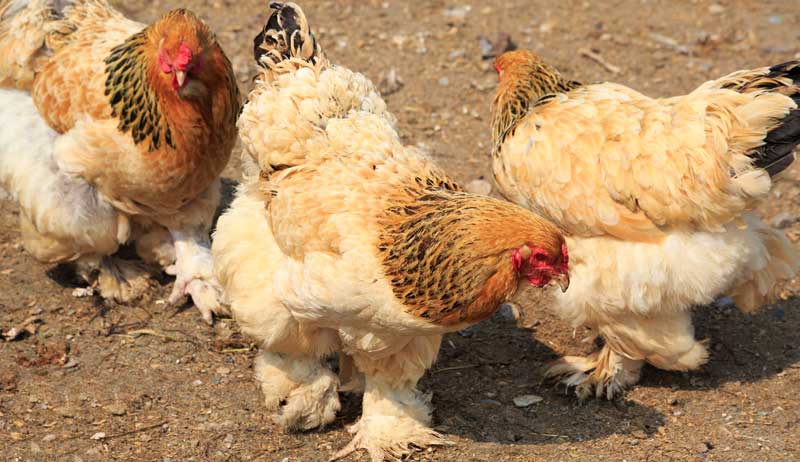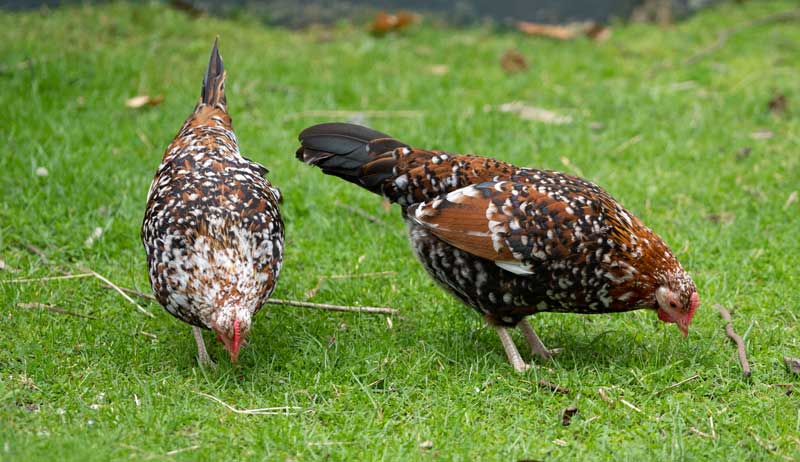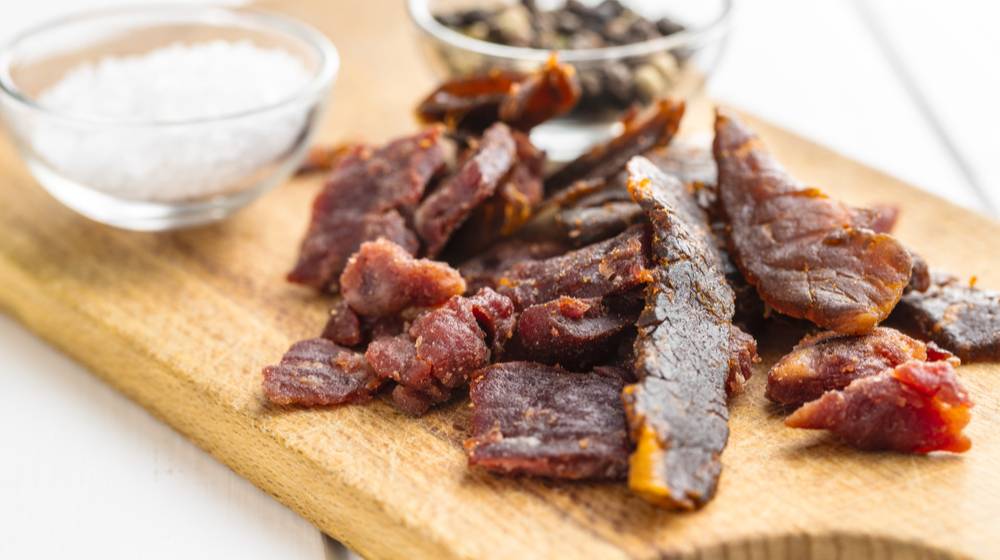Poultry keepers learn a major truth during their years as chicken owners: Some chicken breeds are veritable dreams, while others are absolute nightmares. Before buying any of the chicken breeds my husband, Jae, and I raised on our farm, I did major research. I read books, I talked to poultry-science professors, I visited national breed-club web sites … and despite all this, some birds simply refused to fall in line with their breed descriptions. Talk about frustrating. I can still see Jae turning to me, a puzzled expression on his face, asking questions like “Aren’t these supposed to be nice birds?” and “Aren’t these supposed to lay lots of eggs?”
The following quartet of cluckers comprises part two (here’s part one) in my honest attempt to share my personal experience with these chicken breeds. It’s my hope that these descriptions of my time spent with each of these chicken breeds will help guide your choices when it comes to backyard flock shopping.
Araucana
 OceanProd/Adobe Stock
OceanProd/Adobe Stock
To make our farm somewhat profitable, we decided to raise heritage chicken breeds that laid a variety of egg colors. When it came to blue eggs, we decided to go with the “original” blue-egg breed, the Araucana.
Many conflicting stories describe the Araucana’s origin. Suffice it to say it developed from one or more fowl found in or brought to South America that shared the Araucana’s tufted, rumpless features. More conflict existed in the description of the Araucana’s disposition. Some of my sources stated the bird was flighty and timid, while others described the breed as friendly and cheerful. Yet others noted the Araucana was active and aggressive.
Our Black Araucana flock agreed with all of those definitions. As chicks, they were extremely active, dashing around their brooder and hopping on and off their perches. They were also very easy to frighten. Just reaching in to swap out their waterer or feeder would cause a cacaphony of cheeps as the peeps dashed frantically away to hide from The Hand.
Oddly enough—and this occurred with every generation we raised—it was as if a switch was flipped at about 5 or 6 weeks of age. Now, instead of fleeing from my hand, the juveniles were more likely to hop onto my hand and just sit there contentedly. My sons took to watching TV with an Araucana pullet or cockerel seated on a rag on their laps. As adults, the girls’ attention shifted to the roosters, whom they followed devotedly around the run.
The hens were not afraid of us, however. I got the distinct feeling they tolerated us. The boys, however, still trotted over for belly rubs and mealworm treats, regardless of their age.
Both the male and female Araucanas were excellent foragers. However, due to their exhorbitant value—we paid $50 each for…



 Jenny Ledlow
Jenny Ledlow
 MarieXMartin/Adobe Stock
MarieXMartin/Adobe Stock




